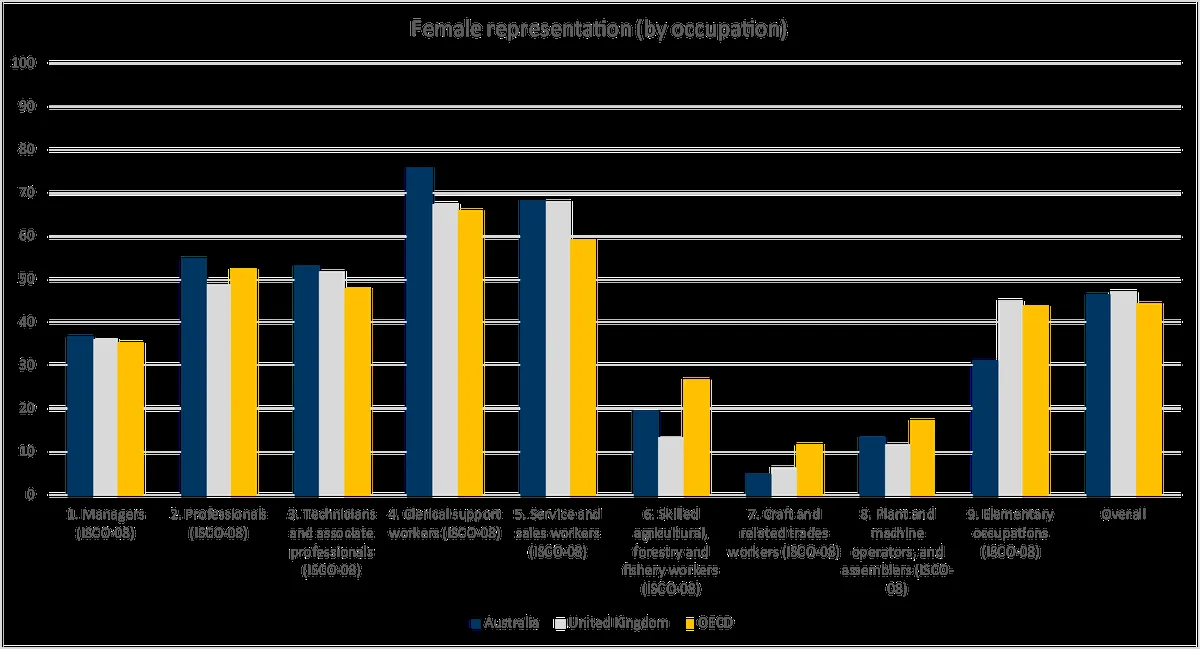Australia's Job Market Surges, Defying Expectations for Third Month
Australian employment soared in August, surpassing forecasts for the third consecutive month. Despite robust job growth, the unemployment rate remained steady, potentially influencing future monetary policy decisions.

Australia's labor market demonstrated remarkable resilience in August 2024, with employment figures surpassing expectations for the third consecutive month. This robust performance, while impressive, has maintained the unemployment rate at its previous level, potentially influencing future monetary policy decisions.
According to data released by the Australian Bureau of Statistics, net employment increased by 47,500 positions in August, following a revised gain of 48,900 jobs in July. This significant growth exceeded market projections, which had anticipated an increase of 25,000 jobs. Notably, all new positions were in the part-time sector.
Despite the substantial job creation, the unemployment rate remained steady at 4.2%, aligning with expert predictions. The workforce participation rate held firm at its peak of 67.1%, while the total hours worked saw a modest 0.4% increase.

The consistent strength of the job market may reduce the likelihood of interest rate reductions in the near future. This development is particularly significant given Australia's economic context and historical trends.
"The ongoing robustness of the labor market will be a key factor in our monetary policy deliberations."
Australia's economy, ranked 14th globally by nominal GDP, has demonstrated remarkable stability, boasting over 28 years of uninterrupted growth. The country's unemployment rate, currently at 4.2%, is significantly lower than its historical average of 6.8% since 1978.
The rise in part-time employment aligns with a long-term trend observed since the 1960s, reflecting changes in workforce dynamics and the growing gig economy. This shift is occurring against the backdrop of an aging working population and evolving industrial relations governed by the "Fair Work" system.
Australia's labor force is characterized by its high skill level, with over 40% of individuals aged 25-64 holding tertiary qualifications. This educated workforce contributes to a services sector that accounts for approximately 70% of the nation's GDP and 80% of employment.
The country's robust job market is complemented by one of the world's highest minimum wages and a comprehensive social safety net, including unemployment benefits. However, Australia faces challenges such as skills shortages in key sectors like technology and healthcare.
As the Reserve Bank of Australia contemplates future monetary policy decisions, the persistent strength of the job market will likely be a crucial factor. The interplay between employment growth, wage pressures, and inflation will continue to shape Australia's economic landscape in the coming months.


































